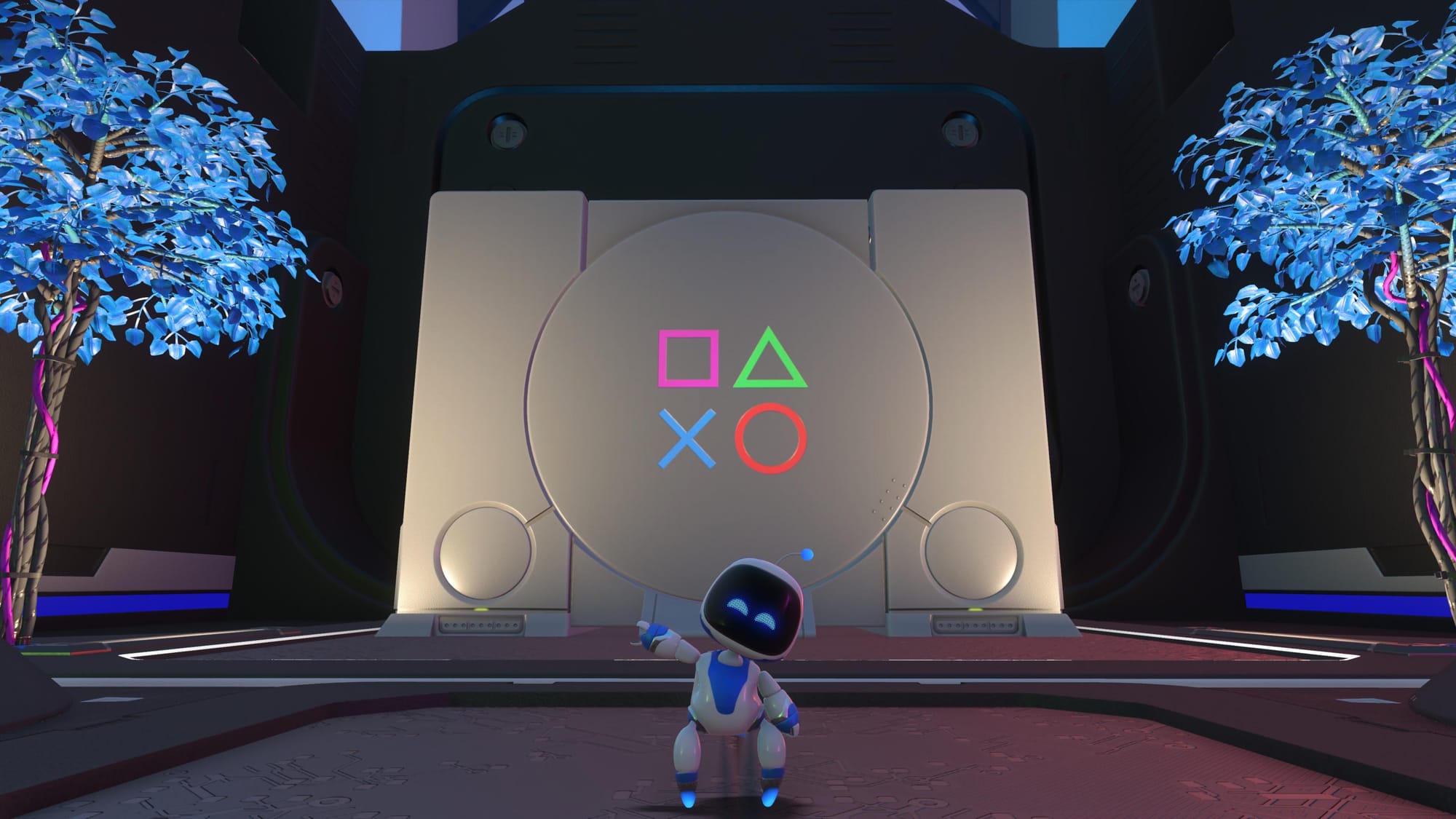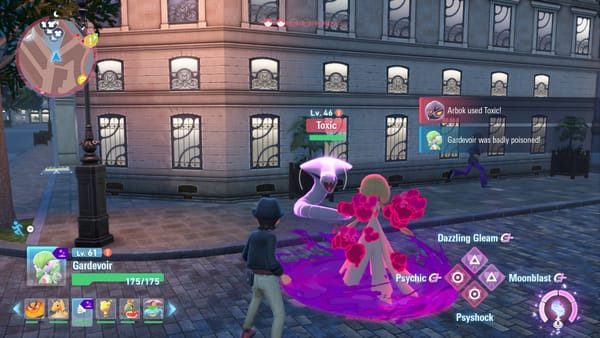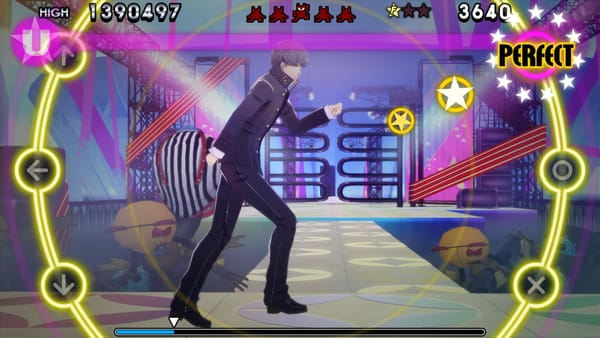The smartphone killed the Xbox
The console wars are over, but another console didn't kill the Xbox.
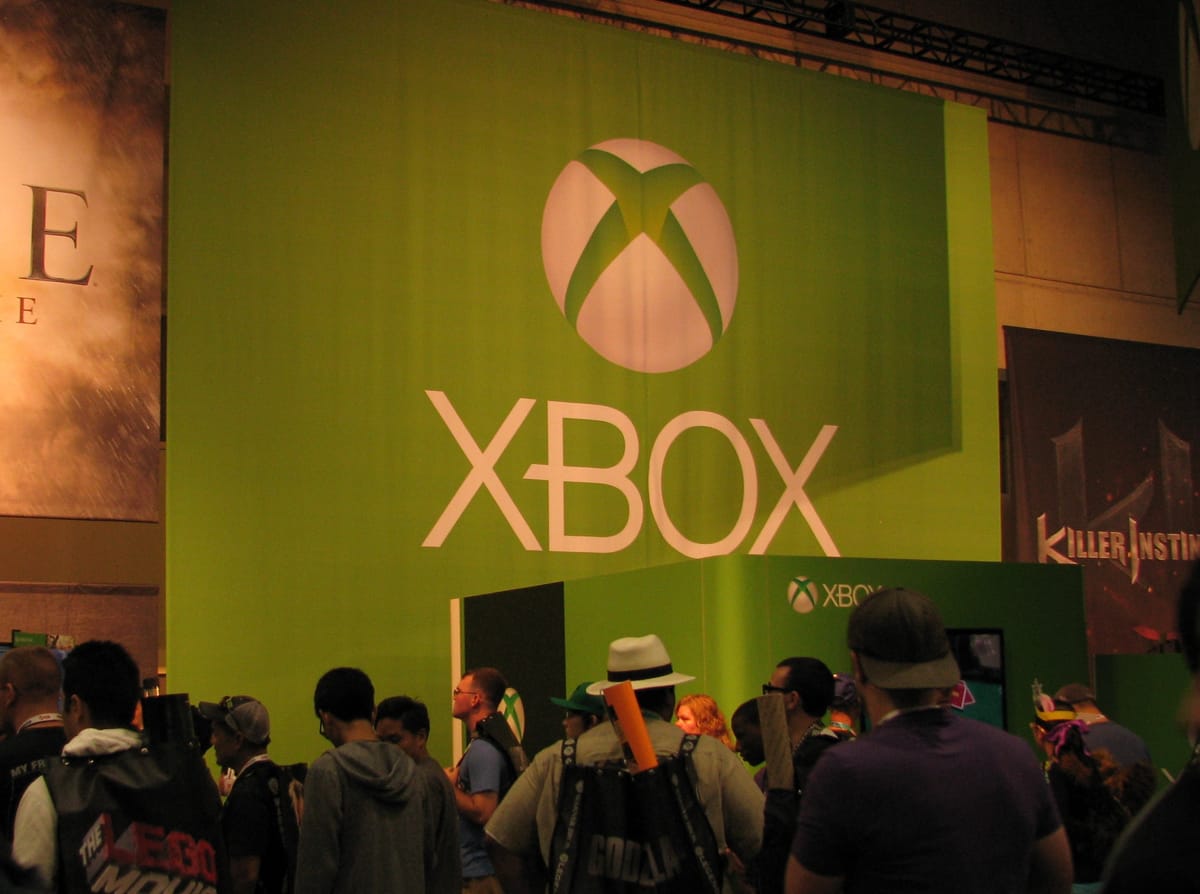
Stop me if you’ve heard this before, but: the console wars are over. All the reliable sources are saying it (and some unreliable ones too).
The common consensus is that the PlayStation killed the Xbox, which is logical enough. The two are pitted in direct competition, after all: the PlayStation 5 and Xbox Series X have similar specs, play virtually the same games and are targeted at the same audience. And the PS5 is quite comfortably the more successful of the two, so it’s a reasonable shout. But I don’t think the PS5 killed the Xbox.
This isn’t some sort of “gotcha!” moment where I reveal that, actually, Microsoft killed the Xbox. I mean, there’s certainly a good case for that! Many people, including Xbox chief Phil Spencer, have explained why Microsoft’s own missteps have led to this point. But I think there’s another culprit.
You’ve read the headline, so you already know that I think the smartphone is to blame. Explaining why requires a deeper dive into the history of Xbox.
In the beginning, the original Xbox was a little skunkworks project by a small team inside Microsoft that wanted to take Windows PC tech and put it into a game console. It’d be more PC than console, running Windows but tweaking it to make it boot faster, use fewer resources, and be more approachable to someone playing casually on TV. (It was, ironically, quite close to the vision for the next Xbox.) But they came to realize that this was unworkable, and slowly their project transformed from a PC into a relatively standard console.
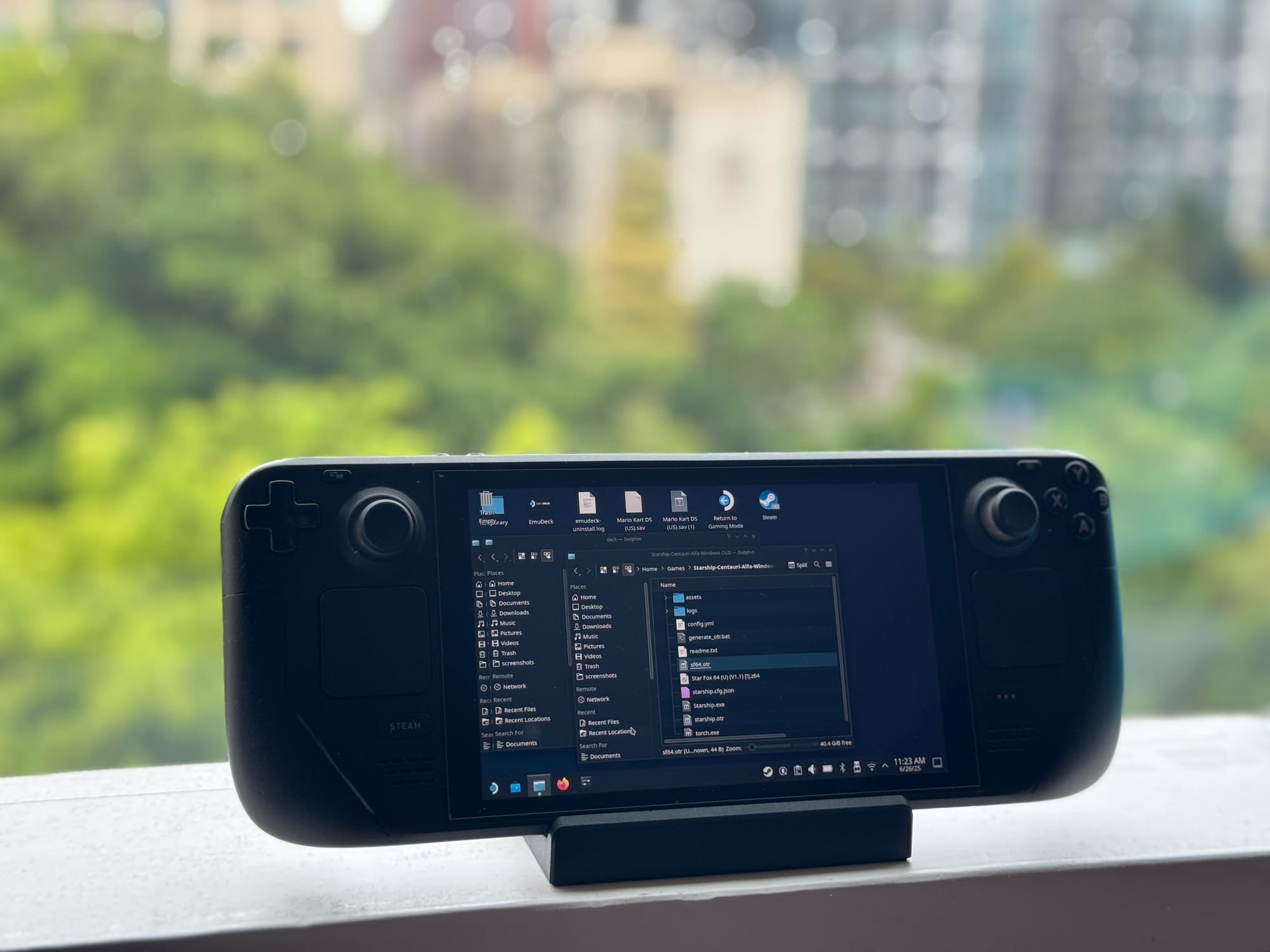
The thing is, the console business is a desperately difficult one to break into. You have to spend oodles of money to build the console itself, knowing that you’re building a box that will lose money for years: game consoles are famously sold at a loss, at least until various efficiencies and economies of scale begin to kick in to (hopefully) make it profitable. You also need to build up a stable of in-house studios and convince external publishers to support you. Microsoft hardware boss Rick Thompson explained the problem: “Our P&L said we were going to lose two billion dollars for the privilege of maybe, later on, somewhere way down the road, we’ll make money.”
On February 14, 2000, the Xbox team presented their plan to Bill Gates and Steve Ballmer. They had to explain to the Microsoft co-founder and the CEO that, instead of the Windows box they were originally promised, they wanted to launch a standard game console that did not run Windows at all. And, oh yeah, best case scenario? They'll lose billions of dollars.
That meeting became known as the Valentine’s Day Massacre. Gates and Ballmer, allegedly, absolutely lost their shit. “This is a ****ing insult to everything I’ve accomplished at this company,” Gates yelled. “Why are you trying to kill Windows?” The meeting stretched on for hours, canceling Valentine’s Day dinners. But by the end of the day, they approved the project. Microsoft’s own oral history of the Xbox explains how the meeting turned.
Robbie Bach (Chief Xbox Officer): I said, okay, well then, let’s not do it.
Ed Fries (VP, Game Publishing): And then somebody says, “What about Sony?”
Jeff Henshaw (Software Design): Microsoft had owned the den and the office. And the thought of Sony owning the rest of the home is offensive to Bill [Gates].
Ed Fries: Bill kinda pauses, and he thinks, and he says… “I think we should do this.” And Ballmer’s like, “yeah, we should do this!” And then they start getting excited and it starts going back and forth. “We should do this!” “We should let these guys do this!”
The Xbox was always a direct counter to Sony. Their fear was that Sony, with the massive success of the original PlayStation, was about to make the Living Room PC that Microsoft had been trying to build for years. Microsoft dominated the desktop and offices, so they knew how to build PCs for work. But they didn’t know how to build PCs for play. They worried that, if someone else could build a computer for the living room, one filled with entertainment for the whole family, it could represent an existential threat. Microsoft tried to get there first.
They built Windows XP Media Center with a big-picture interface for TVs. They bought WebTV. None of it worked.
It might seem paranoid to think that Sony, with a game console, was about to take over home computing. But I cannot stress enough for anyone who wasn’t around back then just how insane the PlayStation 2 hype cycle was. It could play DVDs. It could run Linux. It could generate real-time graphics far beyond anything ever seen before. There was even talk of an export ban because the PS2 was (allegedly) powerful enough to be classified as a supercomputer. An actual headline from the year 2000: “Military fears over PlayStation 2.”
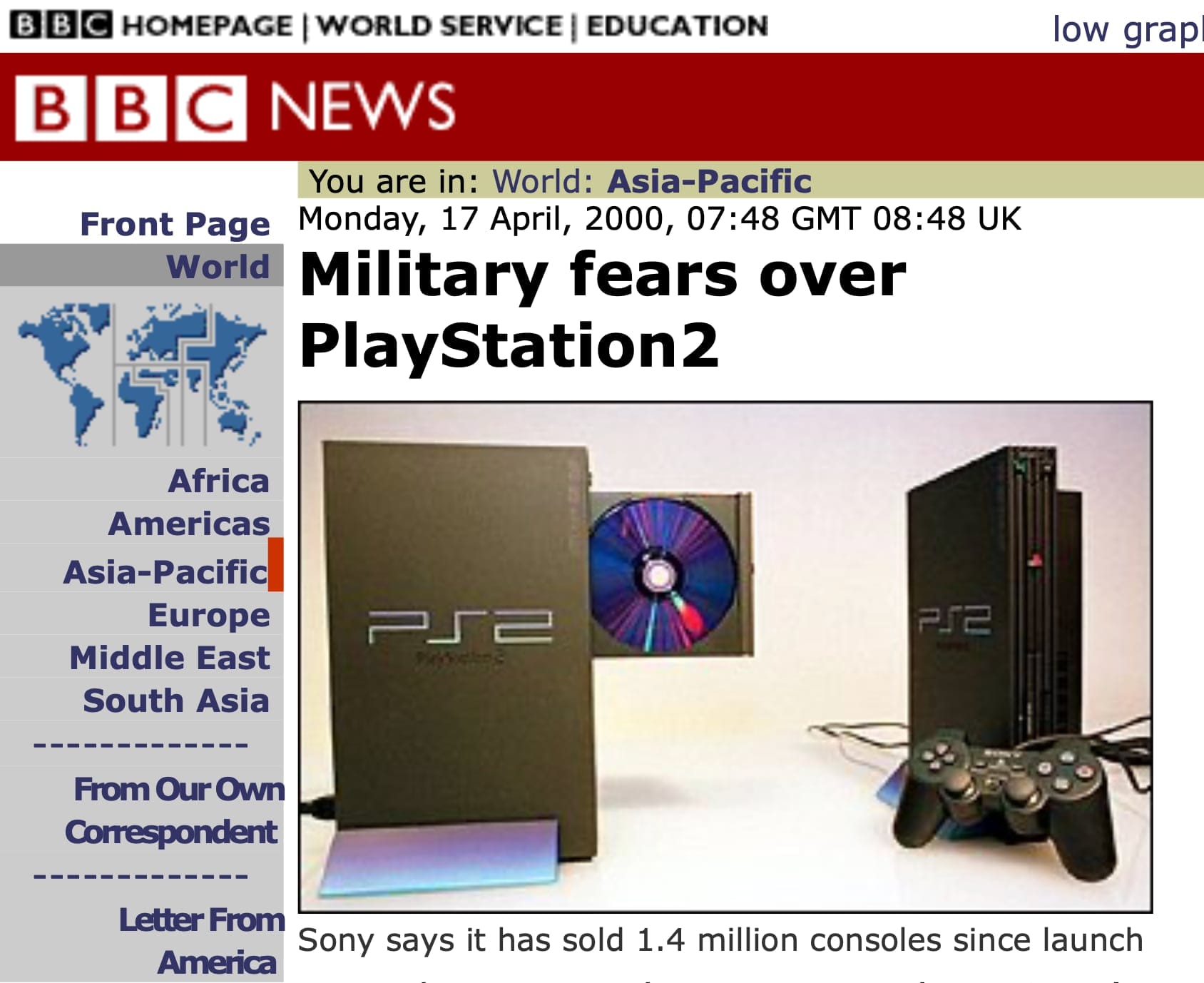
And Sony was happy to play up their ambitions for the PlayStation to be more than just a gaming console. “A lot of people always assumed the PC would be the machine to control your home network,” said Ken Kutaragi, father of the PlayStation, in 2000. “But the PC is a narrowband device that comes from a document-based culture and has only been retrofitted to play video and interactive 3-D graphics. The PlayStation 2 is designed from the ground up to be a broadband device.”
“Sony had decided to start showing a vision of the future, which was a home without a PC in it,” said Microsoft executive Rick Thompson. “What Sony was showing was three or four PlayStations in every home and no computers.”
And so the Xbox got the green light because they felt that Sony's plans to become the family's computer represented a very real threat to Microsoft. The Xbox would be a Trojan Horse in that fight: the first one was “just” a gaming console, sure, but it’d establish a beachhead in the living room for future devices to expand on.
Over time, this started to play out. The Xbox 360 launched with a few multimedia features, like playing music off a connected iPod or streaming videos from Windows Media Center PCs. But the most critical step came in 2008, when the Netflix app was added to the 360. This ended up being so popular that it gave Microsoft the confidence to turn their next console, the Xbox One, into an entertainment device first, gaming machine second.
The initial unveiling for the Xbox One in 2013 was not subtle about their priorities. Microsoft did not show more than a brief glimpse at a game running on the Xbox One for over half an hour. Instead, they showcased how Xbox One could switch seamlessly between live TV, games, music and streamed movies. They pulled up fantasy basketball stats during an NBA broadcast. They didn't show a new Halo game, but they showed Internet Explorer!

Still, Microsoft had finally perfected their Living Room PC. Xbox One streamed Netflix. It worked with live TV. It could browse the web. With Kinect, you could even control it with your voice or hands, no controller needed: the holy grail for getting “normal” people to use a game console without interacting with a controller.
Upon release, the Xbox One crashed and burned.
Yes, part of that was due to a lack of big, exclusive games. Part of that was due to the price, a full US$100 more than the PlayStation 4. And part of that was famously due to the backlash to the Xbox One’s original, restrictive DRM. But a big part of it was that Microsoft’s vision was obsolete. Even in 2013, that just wasn’t how people consumed their media.
Nobody is talking to Kinect to snap a browser window to their side of their live TV show. Nobody is using a fantasy football app on their Xbox to track scores while watching a game. They’re just pulling out their phones. Hell, they aren’t even buying TVs anymore! The need for a communal family computer was replaced by many individual computers in the shape of smartphones and tablets. The dream of a Living Room PC that Microsoft (and Sony) had been chasing didn't actually exist.
And I believe this is what's responsible for the Xbox’s current woes. In years past, Microsoft knew what the point of it all was: Xbox was their key to the living room. They conquered the workplace with Office, now they’ll crack families with Xbox. But that’s not what the world wants, so that’s not what Xbox is anymore.
The PlayStation was able to pivot back into focusing solely on games, helped by the fact that it is now Sony's primary consumer product. But Xbox is a small cog in a massive machine. It needs to find a new place inside Microsoft's corporate strategy. Is it a cloud play to boost Azure? Is it a subscription product like Microsoft 365? Is the point to fortify Windows as a gaming platform? Is it, gulp, another way to force Microsoft Copilot down your throat?
Xbox is unmoored, a product without direction. All the confusion about their inconsistent and ever-changing strategies can be explained by that root cause: Xbox doesn’t know what it is to Microsoft anymore, and it’s scrambling desperately to figure out where it fits. And that flailing will continue unless it can solve that problem.
No, Satya Nadella, it’s not that kids are watching TikTok instead of playing Xbox. This is how the smartphone really killed the Xbox: it removed the reason it exists.
